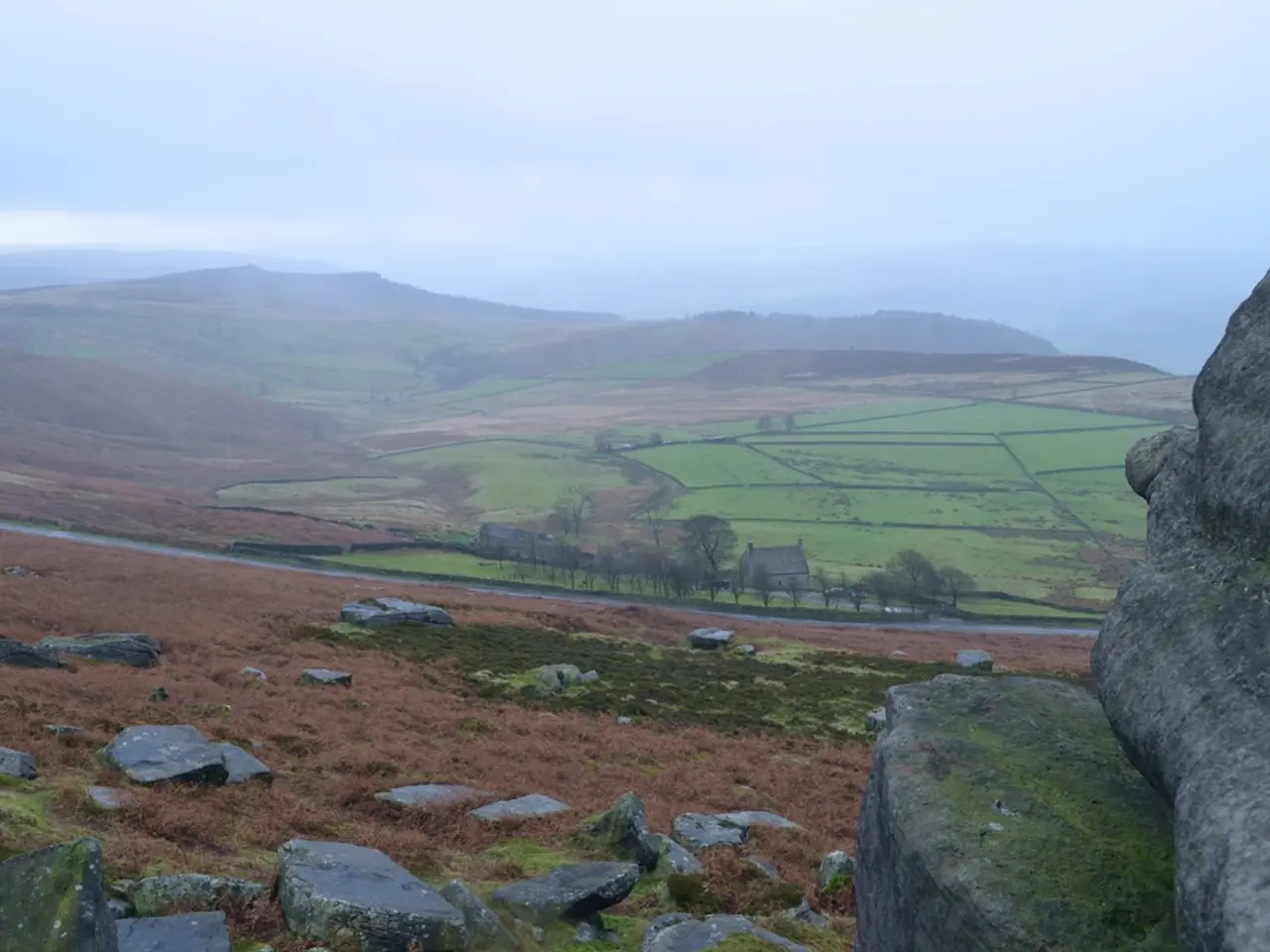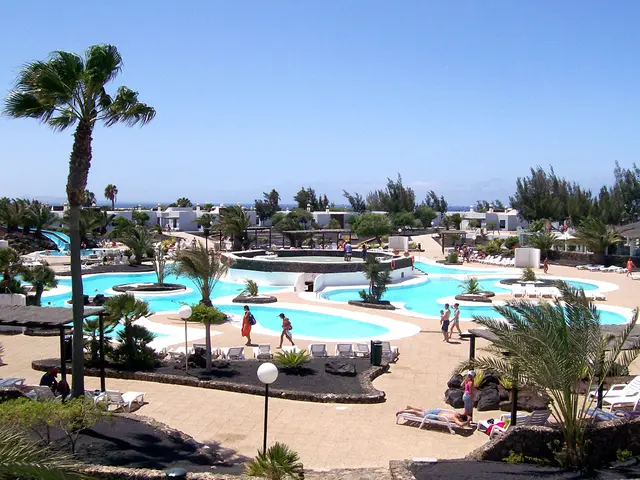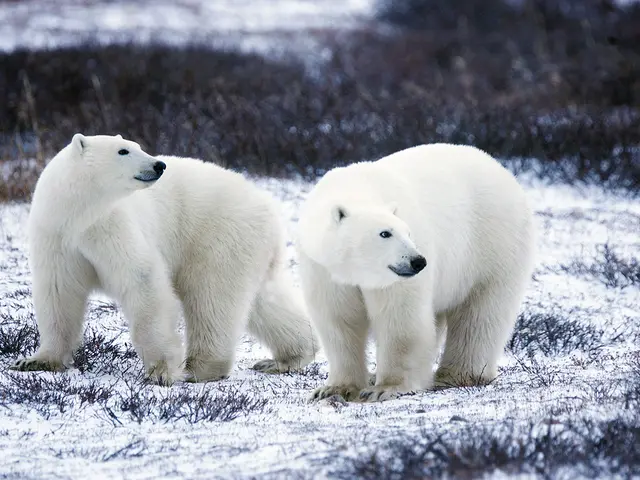Mountain Kailash Standing as a Pinnacle of Spiritual Significance and Natural Majesty
Mount Kailash, standing tall at an elevation of 6,638 meters (21,778 feet) in the remote southwestern Tibetan Plateau, is a breathtaking sight that has captured the hearts and minds of millions across the globe. This striking, symmetrical, snow-capped peak, a part of the Greater Himalayan range, holds profound spiritual significance for four major religions: Hinduism, Buddhism, Jainism, and the indigenous Bon faith.
Hindus regard Mount Kailash as the abode of Lord Shiva, the destroyer and transformer of the universe. It is also symbolically identified with Mount Meru, the cosmic axis described in Hindu cosmology. Buddhists associate Kailash with Demchok, the Buddha of supreme bliss, and view it as a site of spiritual power and meditation. For Jains, Kailash is where Rishabhadeva, the first Tirthankara (spiritual teacher), attained enlightenment. The native Bon tradition sees Kailash as the center of spiritual and cosmic energy, the “nine-story swastika mountain.”
The Kailash Kora—a 52 km circumambulation around the mountain—is one of the most sacred pilgrimages globally, believed to purify sins and bring spiritual renewal. Despite the physical and environmental challenges, thousands embark on this arduous trek each year, reflecting the mountain’s deep spiritual resonance across cultures.
Interestingly, Mount Kailash has never been officially summited, a rarity for such a prominent peak. Both religious traditions and Chinese administrative policies prohibit climbing, adding to its mystique and spiritual purity. Pilgrims and travelers report mystical experiences, such as hearing sacred sounds resembling “Om” or Shiva’s drum, especially at dawn and dusk. At sunset, the mountain’s shadow forms a swastika, an ancient symbol of auspiciousness in Hinduism and Buddhism.
Mount Kailash is the source of some of Asia’s most important rivers, including the Indus, Sutlej, Brahmaputra, and Karnali. This fact reinforces its mythological status as the “center of the universe” and the origin point of life and civilization in the region. Adjacent to Kailash lies Lake Mansarovar, a turquoise, high-altitude freshwater lake—also deeply revered in religious tradition—which pilgrims visit as part of their spiritual journey.
The region features rugged, high-altitude terrain with unpredictable weather, making the pilgrimage both physically demanding and spiritually rewarding. The best time to visit Mount Kailash is during spring (April to June) and autumn (September to October), when temperatures are mild and weather conditions are steady. The trek reaches altitudes up to 5,636 meters, requiring acclimatization and preparation.
The Kailash region offers several trekking routes for adventure seekers, including the Kailash Circumambulance, Kailash Circuit Trek, Guge Kingdom Trek, Mount Kailash and Lake Mansarovar Yatra, Dira-Puk Trek, Zutul-Puk Trek, Inner Kora Trek, Kailash Saga Dawa Trek, Ashtapad Trek, Tirthapuri Trek, Nandi Inner Kora Trek. The Saga Dawa Festival, celebrated in Tibet, is an important festival of Tibetan Buddhism honoring Buddha's enlightenment.
Mount Kailash’s combination of breathtaking geography and profound spiritual heritage makes it unique among the world’s sacred mountains, drawing both pilgrims and explorers to its enigmatic slopes. The region surrounding Mount Kailash has been designated as a UNESCO World Heritage Site, providing travelers with several opportunities for adventure with strenuous routes. Tirthapuri Hot Spring, situated in the southwest region of Kailash, is most known for its natural hot springs believed to have healing qualities.
In conclusion, Mount Kailash stands as a testament to the power of faith and the beauty of nature, a spiritual and geographical marvel that continues to captivate and inspire those who seek it.
- For solo travelers or groups seeking an adventure of a lifetime, the Kailash region offers tailor-made trekking routes, each providing a unique perspective of the sacred Mount Kailash.
- The region's lifestyle, combining the rigors of adventure trekking with the spiritual allure of Mount Kailash, cater to those seeking a unique travel experience, immersed in profound spiritual traditions.
- During the Saga Dawa Festival, travelers can witness the rich cultural tapestry of Tibetan Buddhism, as they honor Buddha's enlightenment, adding a festive dimension to their adventure travel.
- After the arduous trek, weary travelers may find solace and healing at Tirthapuri Hot Spring, believed to have revitalizing properties that aid in recovery, completing the journey on a note of physical and spiritual renewal.





